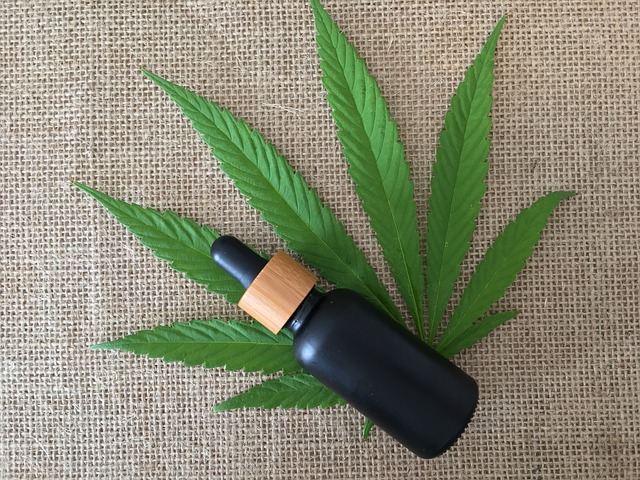In recent years, the cultivation of hemp has gained immense popularity due to its wide range of applications and potential economic benefits. Hemp, a versatile and sustainable crop, has been used for centuries for various purposes, from textiles and paper to food and medicine. In this comprehensive guide, we will delve into the intricacies of cultivating hemp, covering everything from selecting the right strain to harvesting and processing the plant. Whether you’re a seasoned farmer or a beginner looking to explore the world of hemp cultivation, this guide will provide you with valuable insights to ensure a successful and rewarding journey.
Chapter 1: Understanding Hemp
Before diving into the cultivation process, it’s essential to understand the basics of hemp. Hemp is a member of the Hemp plant family and is characterized by its low THC (tetrahydrocannabinol) content, which is responsible for the psychoactive effects associated with hemp. Hemp contains high levels of CBD (cannabidiol), making it a valuable resource for a variety of industries.
Chapter 2: Selecting the Right Strain
Choosing the right strain is a crucial step in hemp cultivation. Strains vary in terms of growth characteristics, cannabinoid content, and overall suitability for different climates and purposes. Factors to consider include yield potential, disease resistance, and the intended use of the harvested material (e.g., fiber, seeds, or CBD extraction).
Chapter 3: Preparing the Soil
Healthy soil is the foundation for a successful hemp crop. Conduct a soil test to assess nutrient levels and pH, and then make necessary amendments to ensure optimal growing conditions. Hemp prefers well-draining soil with a slightly acidic to neutral pH range.
Chapter 4: Germination and Planting
Begin the cultivation process by germinating hemp seeds or propagating clones from a mother plant. Ensure proper lighting, temperature, and humidity to encourage strong seedlings. Once seedlings have developed, transplant them into the prepared soil, spacing them appropriately to allow for adequate airflow and light penetration.
Chapter 5: Nutrient Management
Hemp requires a balanced nutrient regimen to promote healthy growth and maximize yield. Organic fertilizers and compost can provide essential nutrients while improving soil structure. Monitor nutrient levels throughout the growing season and adjust your feeding schedule as needed.
Chapter 6: Pest and Disease Management
Like any agricultural endeavor, hemp cultivation can be susceptible to pests and diseases. Implement integrated pest management strategies, such as introducing beneficial insects, practicing crop rotation, and using organic pesticides as a last resort. Regular scouting and early intervention are key to preventing widespread issues.
Chapter 7: Watering and Irrigation
Proper watering is essential for hemp plants. Maintain consistent moisture levels, but avoid overwatering, which can lead to root rot. Drip irrigation or soaker hoses are effective methods for delivering water directly to the plant’s root zones while minimizing water waste.
Chapter 8: Pruning and Training
Pruning and training techniques help shape hemp plants and optimize yields. Remove lower leaves that may be shading the lower parts of the plant, and consider employing techniques such as topping and low-stress training to encourage bushier growth and even canopy development.

Chapter 9: Flowering and Pollination
Hemp plants typically enter the flowering stage once they receive 12 hours of continuous darkness per day. During this phase, female plants produce flowers that can be harvested for CBD extraction. Proper light control and environmental conditions are crucial for maximizing flower development.
Chapter 10: Harvesting and Processing
Harvesting hemp involves carefully timing the collection of flowers to achieve the desired cannabinoid content. Depending on the intended use, hemp can be harvested for its fiber, seeds, or CBD-rich flowers. Post-harvest processing, such as drying and curing, is essential to preserve the quality of the harvested material. Come and visit their web page to find more useful content about cultivating hemp.
Conclusion
Cultivating hemp can be a rewarding endeavor with a myriad of potential benefits. From sustainable agriculture to the production of valuable materials and compounds, hemp offers numerous opportunities for farmers and entrepreneurs alike. By understanding the intricacies of hemp cultivation, from strain selection to post-harvest processing, you can embark on a successful journey into this versatile and rapidly growing industry. Remember, each step of the cultivation process requires careful attention and thoughtful decision-making to ensure a bountiful and prosperous harvest.





